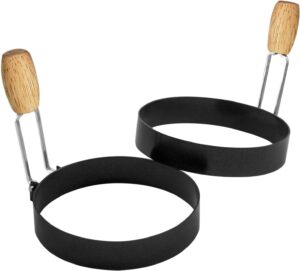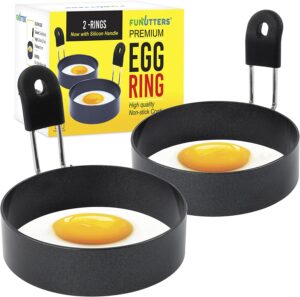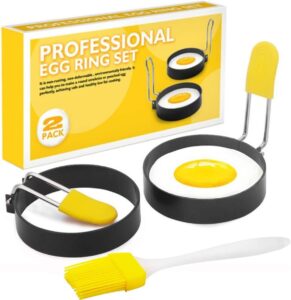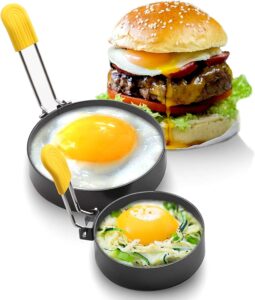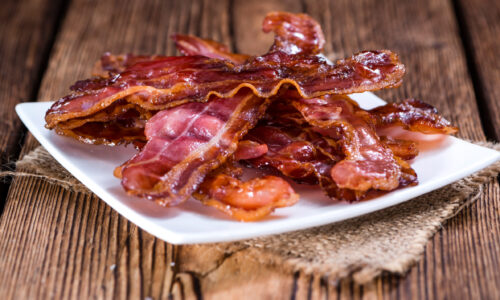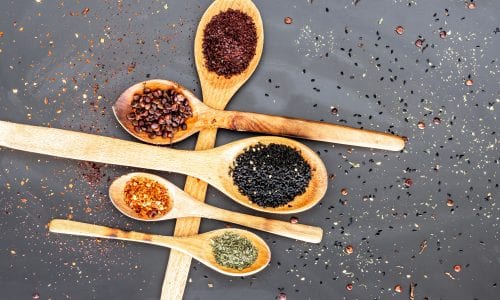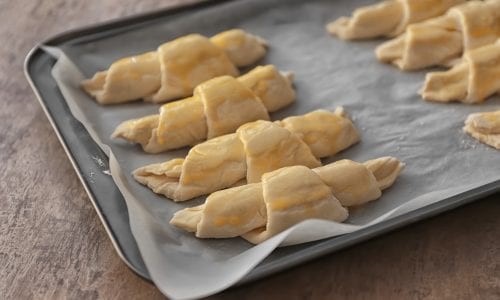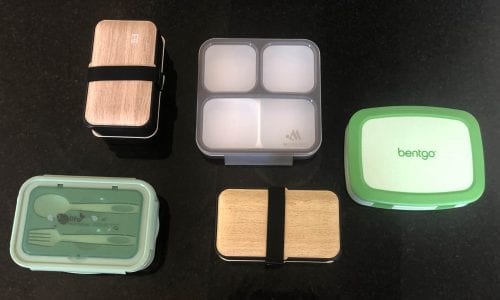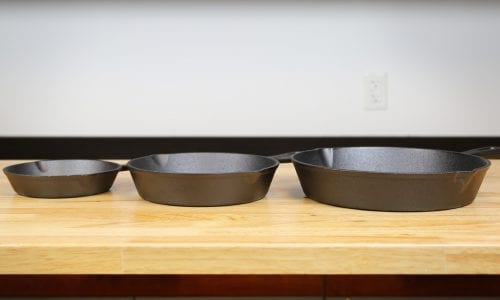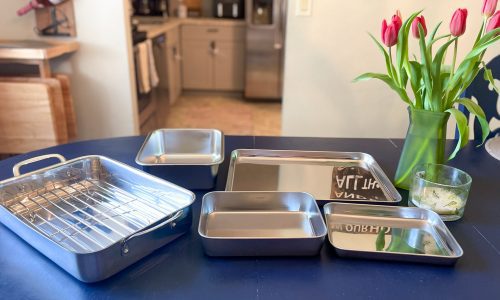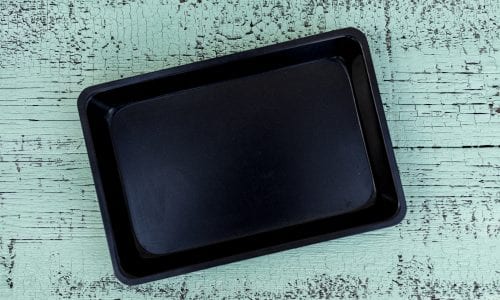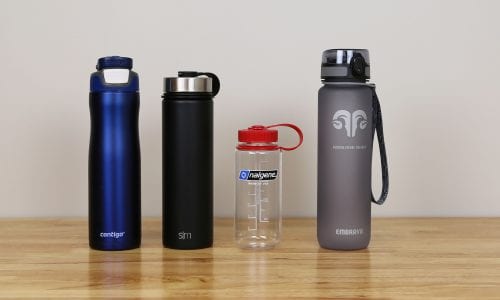The Best Egg Ring
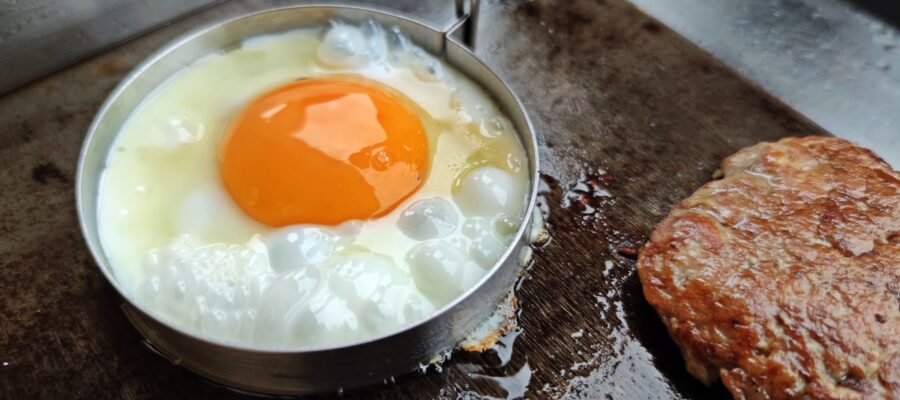
Our Review Process
Don't Waste Your Money is focused on helping you make the best purchasing decision. Our team of experts spends hundreds of hours analyzing, testing, and researching products so you don't have to. Learn more.
Our Picks For The Top Egg Rings
- 1. COTEY Foldable Wooden Handle Egg Rings, 2-Count
- 2. Norpro Dishwasher Safe Silicone Egg Rings, 2-Count
- 3. HengLiSam Multipurpose Eco-Friendly SiliconeEgg Rings, 4-Count
- 4. ABAM Heat-Resistant Silicone Egg Rings, 4-Count
- 5. FUNUTTERS Dishwasher Safe Stainless Steel Egg Rings, 2-Count
- 6. LTWQLing Non-Stick Stainless Steel Egg Rings, 2-Count
- 7. YOLCAR BPA-Free Silicone Egg Rings, 4-Count
- 8. Care&More YJ Easy Release Non-Stick Coating Egg Rings, 2-Count
- 9. GOYLSER Heat-Resistant Handle Silicone Egg Rings, 4-Count
These egg rings are stainless steel and have a wooden handle, making them easy to remove when your eggs are done. They're round, about the size of an English muffin and are dishwasher safe. They also fold for superior storage.
Easy to CookUse these simple stainless steel egg rings to cook perfectly round eggs for breakfast sandwiches.
This set of two round silicone rings can make so much more than eggs. Use them for eggs, pancakes, biscuits, grilled cheese and any other circular foods.
Perfect Circles Every TimeGet perfect circles from your food every time with this set of two silicone egg rings.
If you plan to cook for a crowd, this set of four egg rings in various colors will help you do the job faster. Made from food-grade, BPA-free silicone, they're heat-resistant and dishwasher-safe.
A Colorful SetCook four eggs, pancakes or other round foods at once with this colorful set of silicone egg rings.
Use this set of four red professional-quality silicone egg rings to make delicious meals for yourself and your loved ones. They are non-stick, heat-resistant to 460 degrees and clean in soapy water.
Make Delicious MealsMake delicious meals with this set of four profession-quality, non-stick silicone egg rings.
Buying Guide
One of the most important factors when it comes to choosing an egg ring is the material. Some of the most popular include silicone and stainless steel because both can withstand the heat on a stove or griddle.
Both materials are durable, but stainless steel is usually meant to last longer or be used more frequently. Stainless steel may be the best choice if you need egg rings for a professional kitchen or plan to use them often.
On the other hand, silicone is more lightweight, easier to store and typically dishwasher safe.
When it comes to cooking with an egg ring, the trickiest part is removing it, especially if you’re trying to preserve the yolk. Some egg rings come with a non-stick coating, handle or other features to make this step simpler.
Some egg rings have heat-resistant handles made of wood or silicone, so you don’t need a potholder. That also makes cooking a little bit safer if you have kids at home.
Some egg rings and similar utensils are dishwasher-safe, but others may need hand-washing. That may not sound critical now, but no one likes extra dishes when making a big meal.
You can buy egg rings individually or in sets of two, four or other numbers. Most people like to enjoy more than one egg or pancake at a time, so if you have a large enough pan, you can use more than one egg ring at a time.
What to Look For
- Even if your egg ring has a non-stick coating, you might want to grease or spray it with cooking spray. Eggs are notoriously sticky, and since removing an egg ring can be challenging, this step will make it easier.
- As you can see from the product descriptions above, egg rings can be used for many other cooking tasks, especially making perfectly round food. Use them to mold pancakes, biscuits and many other dishes.
- Read the care instructions in your product’s packaging before throwing it away. Follow the use and cleaning instructions carefully. Be sure to note if you must use the top rack of the dishwasher only.
More to Explore
Egg rings are simple tools, but eggs are pretty incredible. For one thing, the shells have as many as 17,000 pores. Even though the color of the shell can vary, that doesn’t have anything to do with the flavor or composition of the egg.
The color of the eggshell depends on the hen’s genetics. Hens with white feathers tend to lay white eggs, while hens with colorful feathers produce tan, brown, beige or even slightly green eggs.

